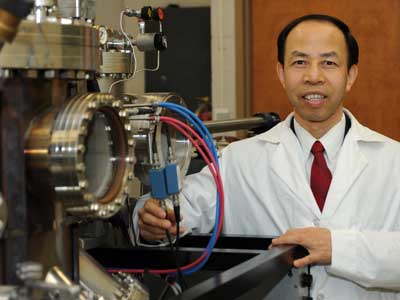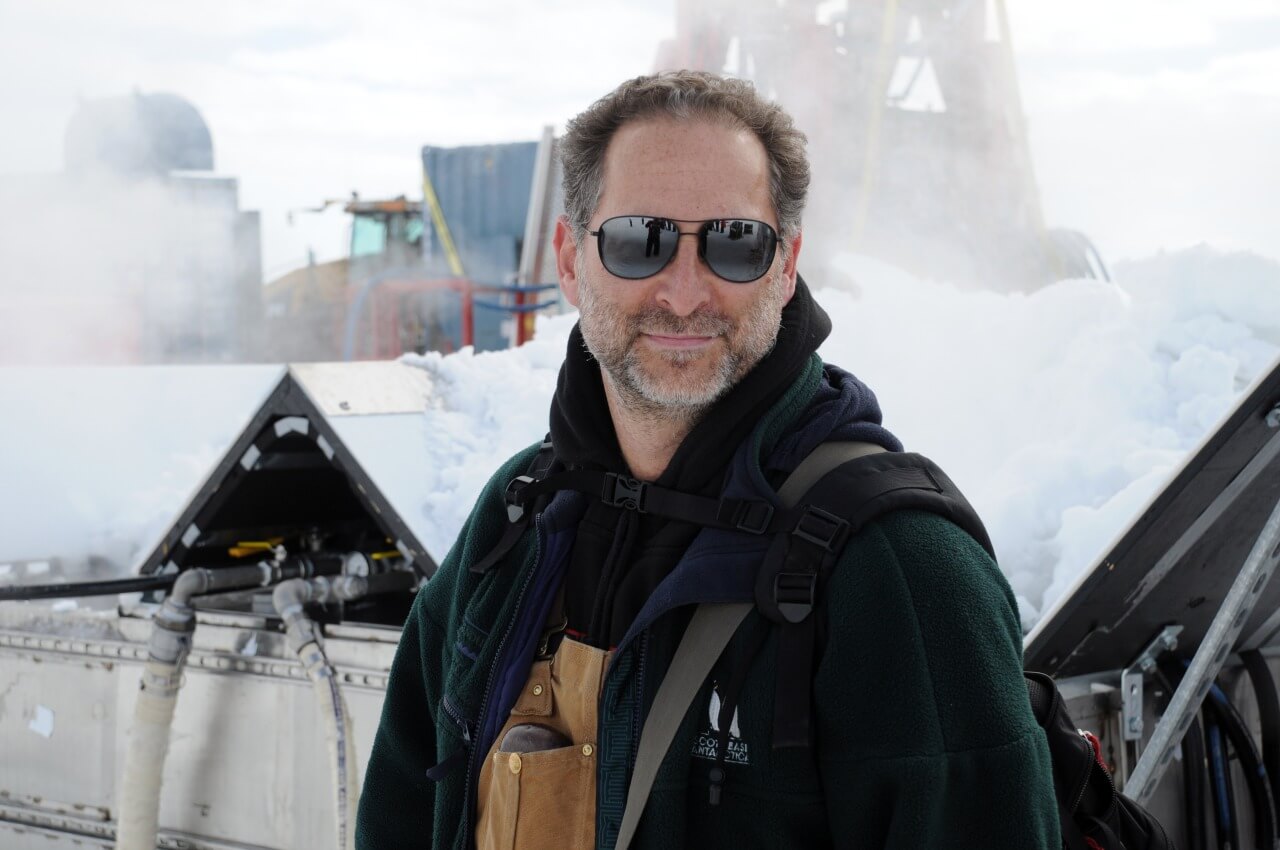Instead of kicking off the summer with a relaxing break, NIU researchers have been busy breaking new ground.
In a two-week span during June, NIU scientists served as lead authors on three separate articles appearing in prestigious Nature Research journals, while other researchers also were getting their work noticed in highly respected publications.
Nature Nanotechnology

Zhili Xiao
On June 11, the journal Nature Nanotechnology published an article with NIU Ph.D. student Jing Xu as co-lead author. His adviser, NIU physics professor Zhili Xiao, is a corresponding author on the article, which was highlighted by the U.S. Department of Energy’s (DOE) Argonne National Laboratory, where Xiao and Xu conduct research.
The new research expanded on a publication in the journal Science two years ago on the creation of a material, called “rewritable magnetic charge ice.” The material could pave the way for new computing technologies. See Argonne’s latest story: Taming tornadoes at the nanoscale.
Xu has been extremely productive while in pursuit of his Ph.D., having also co-authored the Science article, as well as three articles in Physical Review B.
Nature

Reed Scherer
On June 13, the flagship Nature publication, the leading weekly international scientific journal, published an article on Antarctic ice sheet dynamics with NIU geology professor Reed Scherer serving as co-lead author. Three other NIU scientists are among the contributors: professors Ross Powell and Nathan Stansell and graduate student Jason Coenen.
Using surprising new data and ice-sheet modeling, the scientists reported that between roughly 14,500 and 9,000 years ago, the West Antarctic Ice Sheet (WAIS) partially melted and shrunk to a size even smaller than today. See NIU’s press release: New study suggests surprising wrinkle in history of West Antarctic Ice Sheet.
Nature Materials
On June 25, Nature Materials published an article with NIU Ph.D. student Matthew Krogstad listed as first author and physics professor Omar Chmaissem also among the contributors. Their study reporting on an Argonne-directed project sheds new light on the understanding of an important sub-class of solid materials known as relaxor ferroelectrics.
Most solid materials would produce nothing of significance if squeezed or subjected to mechanical stress. However, a special class of materials responds in a spectacular way, as it generates an electrical charge that can be harvested to create a wide range of applications. Such materials are known as piezoelectrics.
Relaxor ferroelectrics, a particularly important subclass of piezoelectrics, are notable for the strong coupling they exhibit between external physical stress and electrical polarization or the electrical charge they produce. This property makes them extremely useful for making devices that detect sound, position objects with ultra-high precision or even harvest electrical energy from common motion.
The exact physical mechanisms leading to the amazing properties of relaxor ferroelectrics remain poorly understood, however. The new work used newly developed state-of-the-art X-ray and neutron scattering techniques to examine how certain atoms within the relaxor ferroelectric materials are positioned with respect to other atomic species.
Physical Review X
Also during the month of June, physics professor Roland Winkler served as co-lead author on an article focusing on quantum spins and published in Physical Review X, a highly selective journal published by the American Physical Society.
Traditional computers and electronic devices work by moving electric charges from one place to another. Quantum spins could play a similar role in the growing field of spintronics.
Winkler’s study, co-led by Christian Gradl from Regensburg University in Germany, for the first time fully characterized a fundamental quantity of electron spins known as the g tensor, which impacts various spin behaviors in the presence of an external magnetic field. See the abstract and a popular summary of the work here.
Argonne Science Highlight
On June 26, Argonne National Laboratory highlighted work done by NIU chemistry and biochemistry professor Tao Li and colleagues.
Using the U.S. Department of Energy’s Advanced Photon Source (APS), the scientists have shown that altering the composition and sequence of giant molecules answers some fundamental questions about how giant molecules can be used for the assembly of controllable, well-defined, self-assembled nanostructures.
See Tao Li’s Argonne highlight: Giant Molecules as a Unique Platform for Unconventional Nanostructures.
